Would you know if you were sitting on the subway next to a speaker of one of the beautiful and endangered Jewish languages of Iran? I asked myself this question, thinking of all the conversational opportunities I had missed over the years, as I participated in a walking tour of the languages and cuisines of the Jewish Silk Road on a recent sunny Sunday in New York, just before the holiday of Purim—which commemorates a fraught moment in Jewish history which took place during the reign of King Ahasuerus in the First Persian Empire, or today’s Iran.
The story is memorialized in the Book of Esther, which seems both more direct and more complex each time I read it. What remains every time, though, is how the Book of Esther clearly and unequivocally communicates a sense of existential danger. That feels especially relevant now.
People can be in danger, and so can languages. It’s incredible to consider how many endangered Jewish languages have speakers in just one easy-to-reach place—the vibrant borough of Queens, New York. It takes just a little bit of effort to encounter a speaker of one of the Jewish languages of Iran, or of the Caucusus. It can be as easy as finding the right restaurant or synagogue—or the right tour guide—and then, listening.
Manashe Khaimov, who grew up in Uzbekistan’s Bukharian Jewish community, speaking to the tour of Jewish languages and cuisines in Queens.
Something lovely to keep in mind is that ndividual cities in Iran had their own Jewish languages—like Judeo-Shirazi, or Judeo-Esfehani. Some regions—like northwestern Iran—also have local Jewish languages, like Judeo-Hamadani. Amazingly, all can be heard in this borough, which is also home to synagogues of Persian Jews, or Jews from Iran—as seen below.
I loved the colors and the shine.
Inside one of the Persian synagogues in Queens, where Jews from Iran worship. The letters—Hebrew words placed together with no spaces—read “einzehki’imbeitelokim”—or “this is nothing but a house of God.”
Inside a Sold-Out Tour
I have heard from several people who wanted to buy tickets to the Jewish Silk Road tour I so enjoyed, but could not because it was sold out. The Jewish Language Project, a gift to language lovers where I am lucky to serve on the board, hopes to offer more tours, probably in Brooklyn and Seattle, which are also home to many speakers of endangered languages—but in the meantime, here is a glimpse of the glories of walking to find languages.
In just three hours, I heard a few sentences in Judeo-Hamadani, from an uncle and his much taller nephew; visited a Bukharian community center, restaurant, and bakery, and picked up a newspaper in three language—Russian, Bukharian, and Hebrew, catering to Jews from the Caucasus region.
I chatted with a leading scholar of the Jewish languages of Iran, who updated our walking group on speakers of Shirazi, and his efforts to document the language. Some speakers, he said, had not used the language since they were children. He patiently answered all of my father's questions on the process of gathering words and phrases. And of course, I tasted the delicious food of these Jewish communities.
Everything was strictly kosher.
Bread at Rokhat Kosher Bakery. These breads are used as challah by the Bukharian Jewish community. (Check out Rokhat Kosher Bakery on Instagram for close-ups.)
Lamb and beef samsa, a flaky filled pastry at Rokhat Kosher bakery. Photo from the bakery’s Instagram. $4 per samsa.
As we feasted on bread samples and pastry bits, a lovely young woman met us on the sidewalk outside the bakery and talked about the Judeo-Tat speakers in the neighborhood, and about the Georgian Jewish community. Judeo-Tat is an ancient Southwest Iranian language, spoken by Mountain Jews or Caucasus Jews, who have been in the Caucasus since the 5th century CE. The language is sometimes referred to as Juhuri. (Prior to the tour, a writer connected with me to share that her uncle was a Juhuri speaker, recently profiled in The New York Times!)
All of this is not that unusual for Queens.
"The capital of linguistic diversity, not just for the five boroughs, but for the human species, is Queens,” Rebecca Solnit and Joshua Jelly-Schapiro, memorably write in Nonstop Metropolis: A New York City Atlas. Map shows the astounding number of languages spoken in Queens (timeout.com)
I think this concept of linguistic diversity is worth considering as part of the broader conversation on diversity — and its importance.
NYC as Language Capital
Now for some numbers. New York City is home to 800 languages, and Queens is home to most of them. But languages cannot be taken for granted; of the world’s 7168 living languages, an astonishing 43%— or 3078 languages—are endangered.
Think about it: three of seven of the world’s languages may die out soon.
Sadly, a language dies every 40 days.
“Endangered” means that children no longer learn the language; it means that the number of people who use that language as a mother tongue is declining. The State of the World's 7,168 Living Languages (visualcapitalist.com)
Jewish languages are part of the world of languages, and can face similar challenges to their lives. Walks like this matter.
I was fortunate to learn from our guide, Manashe Khaimov, the founder and chief executive officer of the Sephardic American Mizrahi initiative, or SAMi. He had an interesting perspective on the survival challenge.
Khaimov, who grew up in Uzbekistan, mentioned that Sephardic Jews are very good at preserving culture within their own communities, but Ashkenazi Jews excel at documenting culture and history, and engaging with the outside world. He believes joining forces can help these languages continue to live and thrive.
He began the tour with the Bukhari community center, which features many portraits of rabbis.
Some of the many important rabbis in the history of the Bukharian Jewish community. Our guide grew up in Uzbekistan, with primarily Muslim neighbors.
Some rabbis are referred to as mullahs, which intrigued the group. I recognized a famous name among the rabbis—Leviev, a grandfather of the famous diamond magnate. Netflix viewers may recall that the “Tinder Swinfler” tried to represent himself as a member of the illustrious Leviev family, and incredibly, changed his name to Simon Leviev.
Recognizing a famous name—Rabbi Leviyev. Today, the Leviev family is legendary for Leviev diamonds. He is the real deal Netflix watchers may remember the “Tinder Swindler,” who falsely claimed to be a member of the Leviev family.
I was charmed to learn that the community center is the place to go for everything--from the newspaper editor’s office to matchmaking. As we toured, a boys’ choir practiced.
And of course, there is a gorgeous synagogue.
The inside of a synagogue at the Bukharian Community Center. There are 70,000 Bukhari Jews in New York.
It's hard to talk about the Jewish communities of the Caucasus and Iran without mentioning food. We also visited a Bukharian bakery, Rokhat Kosher Bakery, which makes wonderful round breads that are used as challah in the community. My personal favorite item on the menu was a samsa, or hand pie. I tried one filled with potato, but the tastiest was filled with lamb and beef. (Photo above.)
As I ate a potato pastry, I was delighted with a brief appearance by Ross Perlin, author of the recent book Language City: The Fight to Preserve Endangered Mother Tongues in New York and co-director of the Endangered Language Alliance. (Full disclosure: I was lucky to work with Ross as a mentor in The National Yiddish Book Center’s fantastic Translation Fellowship Program.)
“Early-21st-century New York City is a last, improbable refuge for embattled and endangered languages—ones that are being hounded out of existence elsewhere,” Perlin recently wrote in The Atlantic.
“And this deep linguistic diversity is among the least explored but possibly most consequential factors in New York’s history and makeup: The disproportionate presence of historically oppressed and marginalized groups speaking smaller languages quietly informs much of the city’s distinctive politics, culture, and economy.” The Last, Improbable Refuge for the World’s Endangered Languages - The Atlantic
Once you notice these little languages, you really notice. And these languages are a crucial part of what makes New York New York.
“Its soul can be found in the existence of these many, many languages, explaining New York’s particular capacity for tolerance and its ability to “make room” for others, however fraught and grudging,” Perlin writes.
I would add that for the Jewish community, the challenge has been to “make room” for an older language in a new part of history. The Book of Esther is a tremendous example of successful preservation of an old narrative—so there is certainly plenty of precedent in Jewish history. But precedent may not be enough.
Tour participants, learning about Iranian Jewish languages.
The Power of Revival
There is preservation, and then there is revival.
Whenever I listen to the news in Hebrew, I take a moment to appreciate the revival of Hebrew—which of course, received a major boost from the establishment of the modern State of Israel. It’s worth thinking about how rare that kind of language revival is; in the long history of languages, which includes thousands ehich have disappeared from the earth forever, only two tongues— Hebrew and Basque — have been revived.
But what about Jewish languages who have been hit hard?
Yiddish suffered a major blow in the Holocaust, but it has a growing number of speakers now—it remains a mother tongue for many in the Chassidic community, in New York and beyond, and it has been experiencing a renaissance among Yiddishists. (I admit that I enjoy seeing subway signs in Yiddish; it reminds me of my high-school life, which involved riding the Chassidishe bus, where signs were in Yiddish.) Academics, artists, and musicians who did not grow up with Yiddish as a mother tongue have all been drawn to Yiddish in recent years, and it’s possible to spend hours on YouTube listening to music—and comedy—in Yiddish.
Something similar and exciting is happening in Ladino, an important Jewish language that for centuries was the mother tongue for Jews descended from those expelled from Spain If you have attended a recent Ladino Day celebration, you know things are happening. Recently, I wrote about a new organization, the American Ladino League, which has great plans for Ladino, for The Forward. A new hub for people to study the history and language of Ladino – The Forward
I also wrote about a recent important library acquisition of Yemenite manuscripts— in Judeo-Yemeni—including one of a copy of a work by Maimonides, also for The Forward. Treasures from the history of Jews in Yemen – The Forward
I thought of all of this as I walked through Queens, with my parents and 40 other motivated walkers. Whether it is Ladino, Judeo-Yemeni, Judeo-Tat or Juhuri, something wonderful is going on in the world of endangered Jewish languages. A new generation of activists and language-lovers is insisting on three words: Endangered no more.
Upcoming Events
Speaking of language, on April 2nd, at 1 EST, I will be on an online panel discussing “The Language of War: Lost in Translation?” with Ambassador Michael Oren, and the distinguished writers Iddo Geffen and Elisa Albert. It’s co-sponsored by The National Library of Israel and The Rohr Institute for Jewish Literature and will be on Zoom. To register: General Programs | National Library of Israel, USA (nliusa.org)
On April 11 and 12th, I will be in Grand Rapids, Michigan, to speak at the Festival of Faith & Writing. One of my two events will be a conversation with poet Jessica Jacobs about her fascinating new book—can’t wait!—and the other will be a talk about Isaiah. I would love to see you there! Schedule & details: Festival 2024 - Calvin Center for Faith & Writing
I would love to see you, in-person or online! And I hope you will consider learning a few words of an endangered language, before it is too late.
***************************************************************************************************
Hope you enjoyed this newsletter! Thank you for your support of writing with depth.




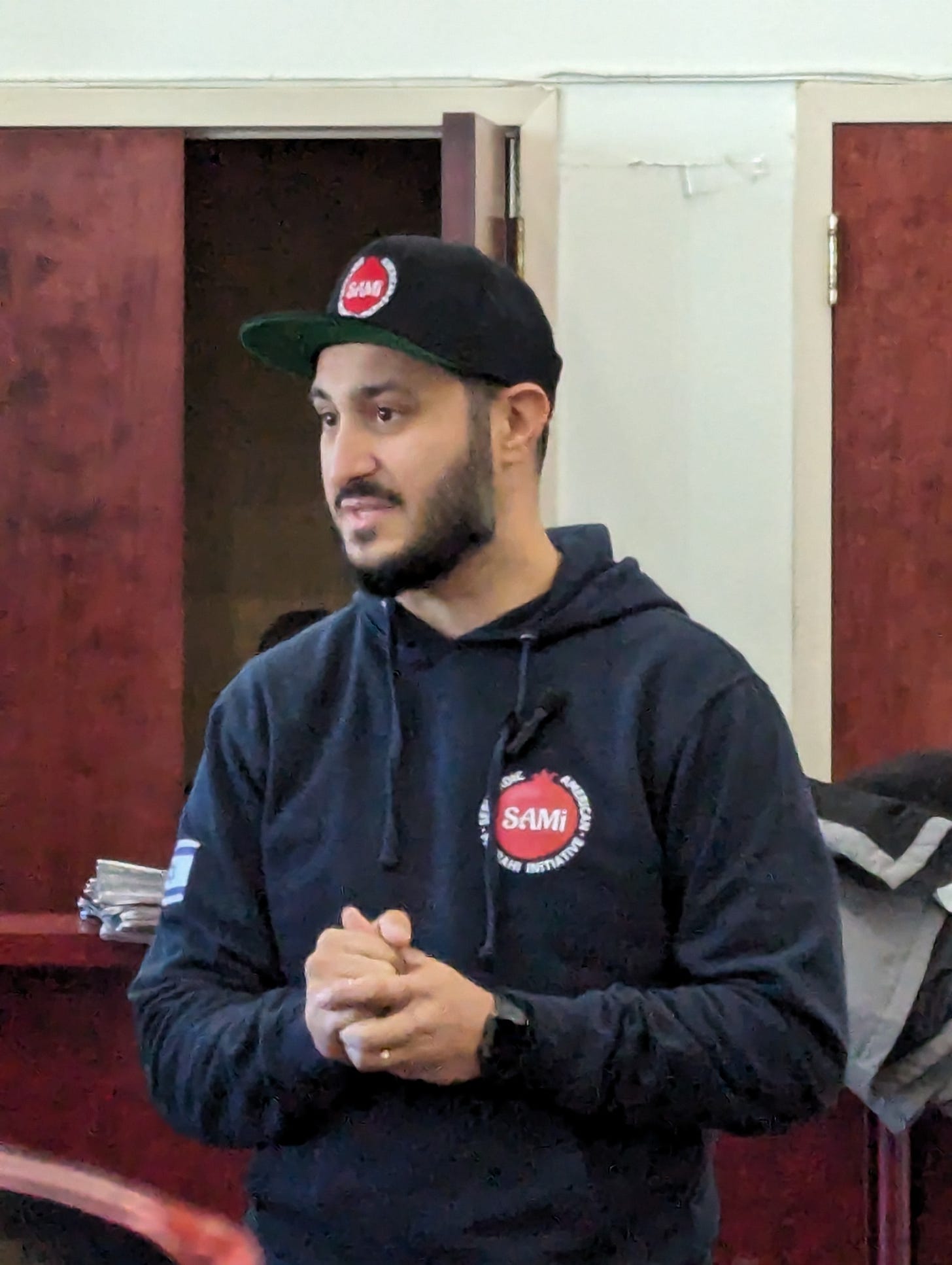
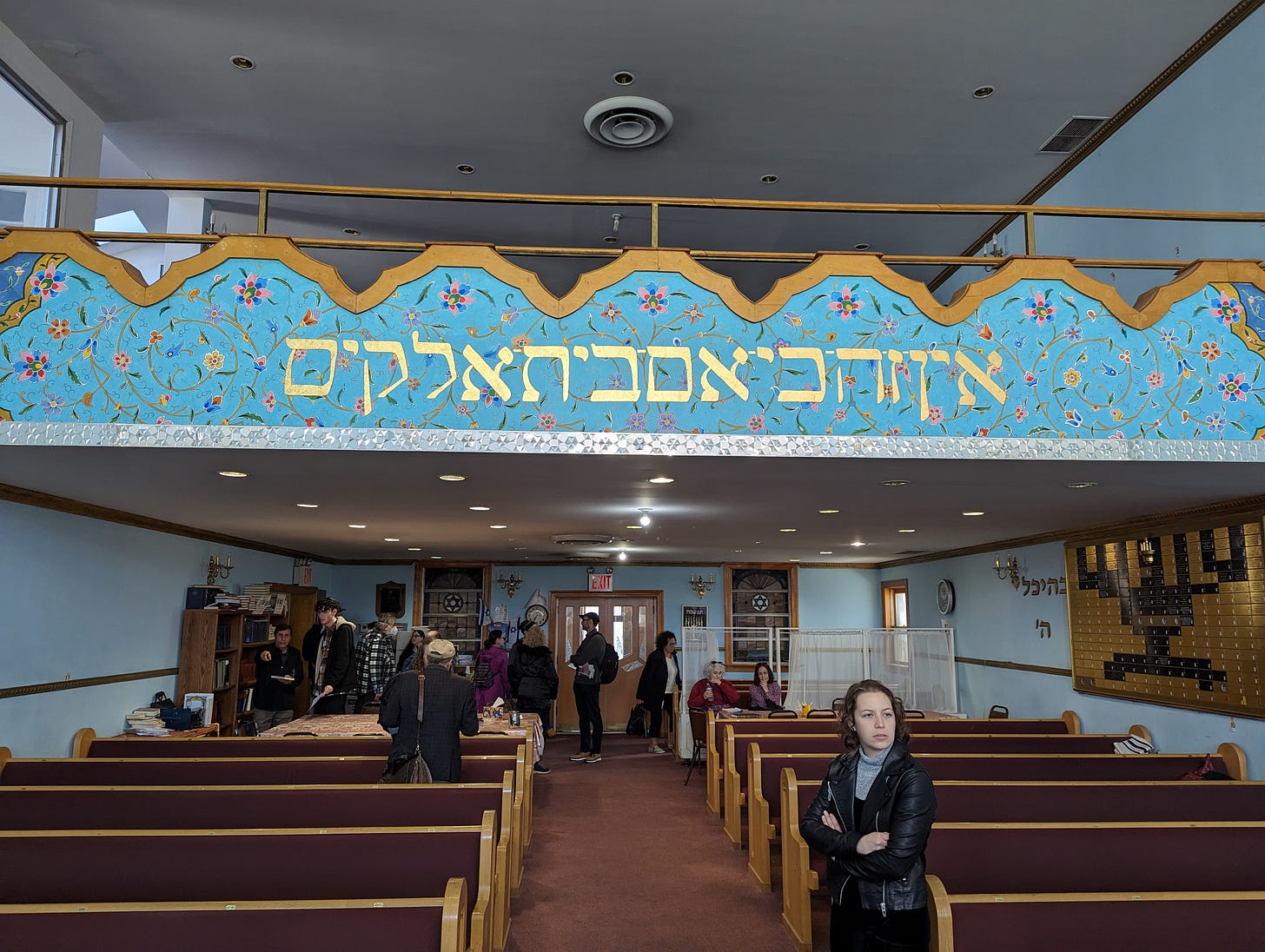
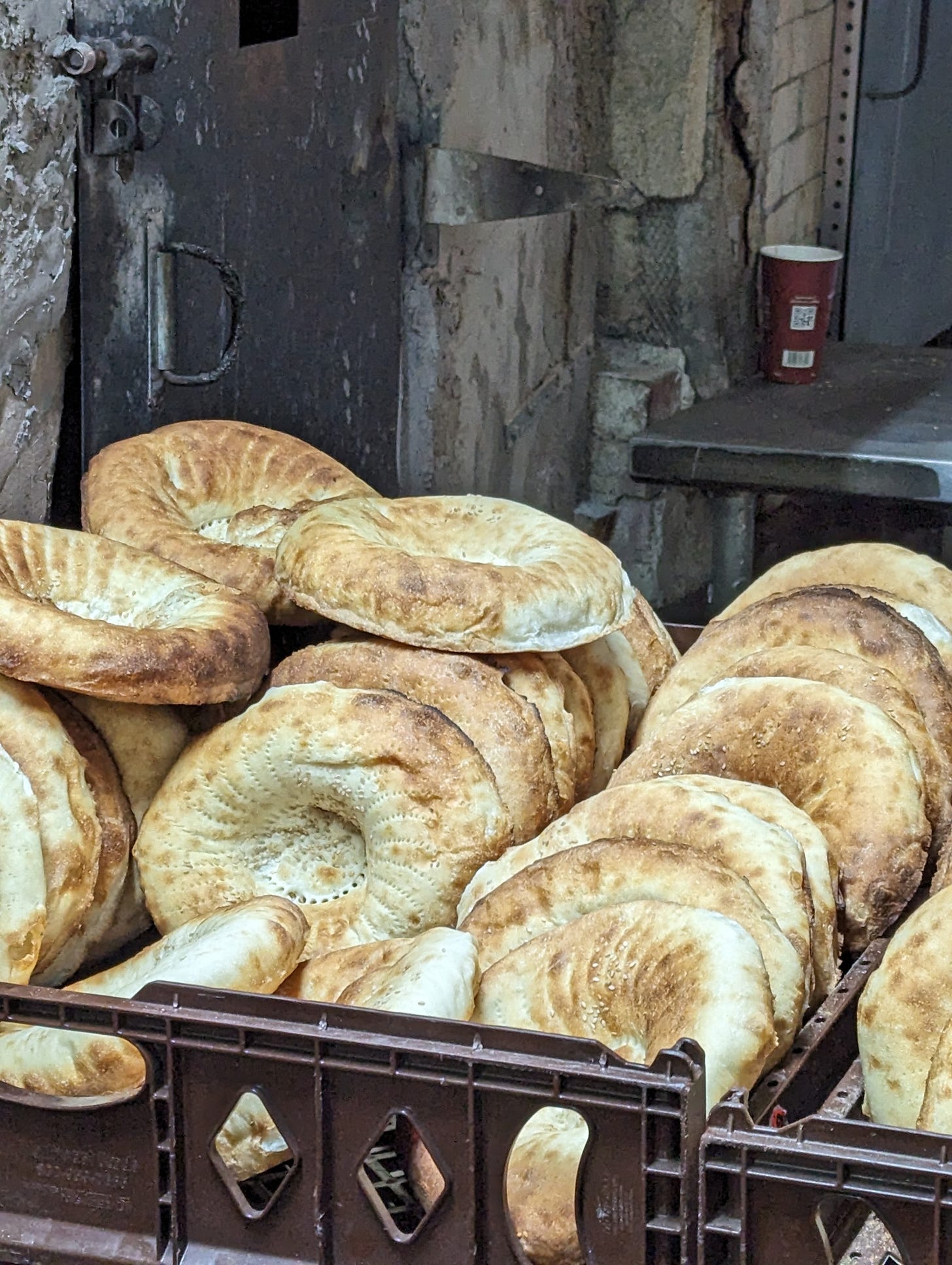
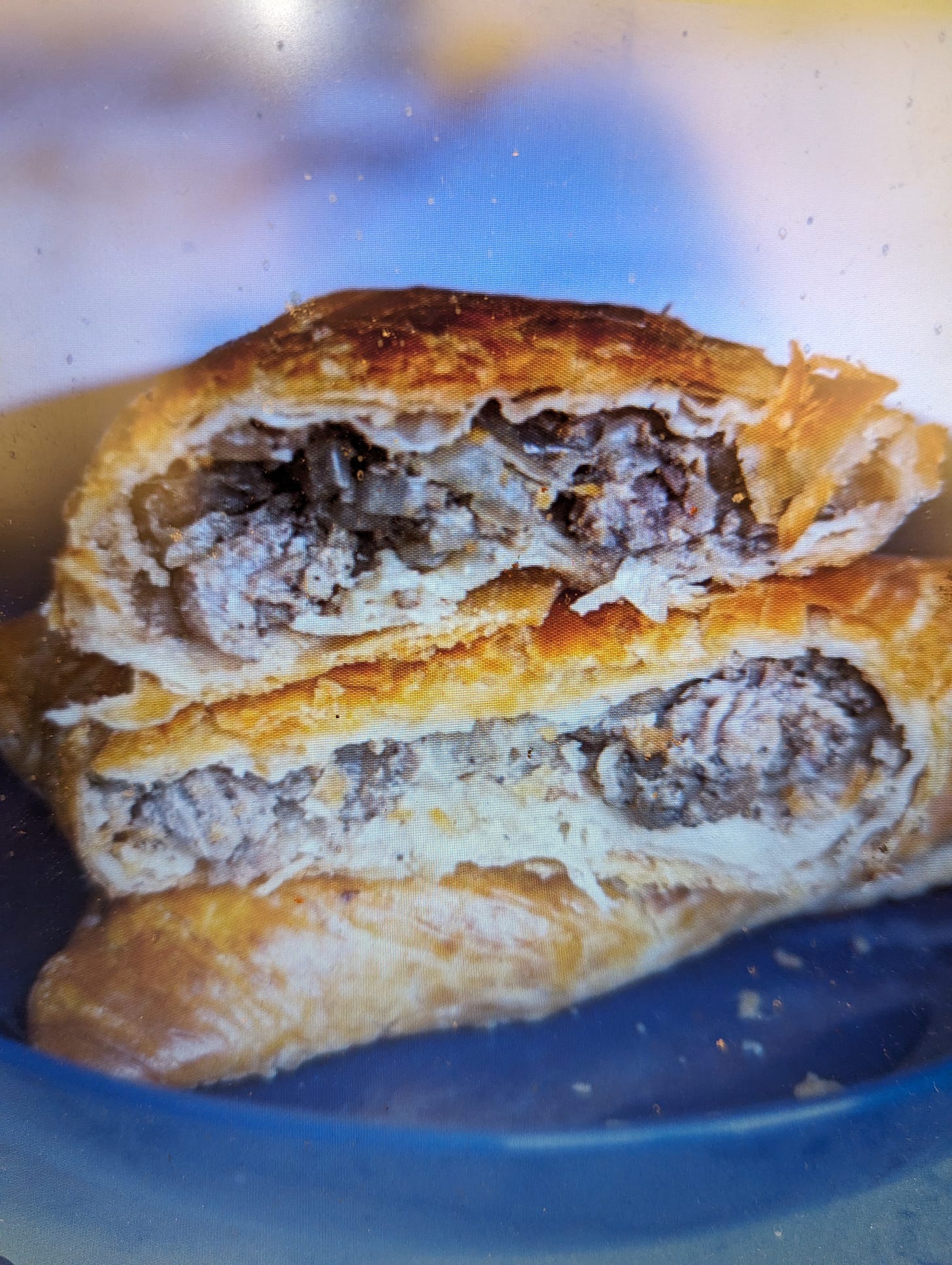
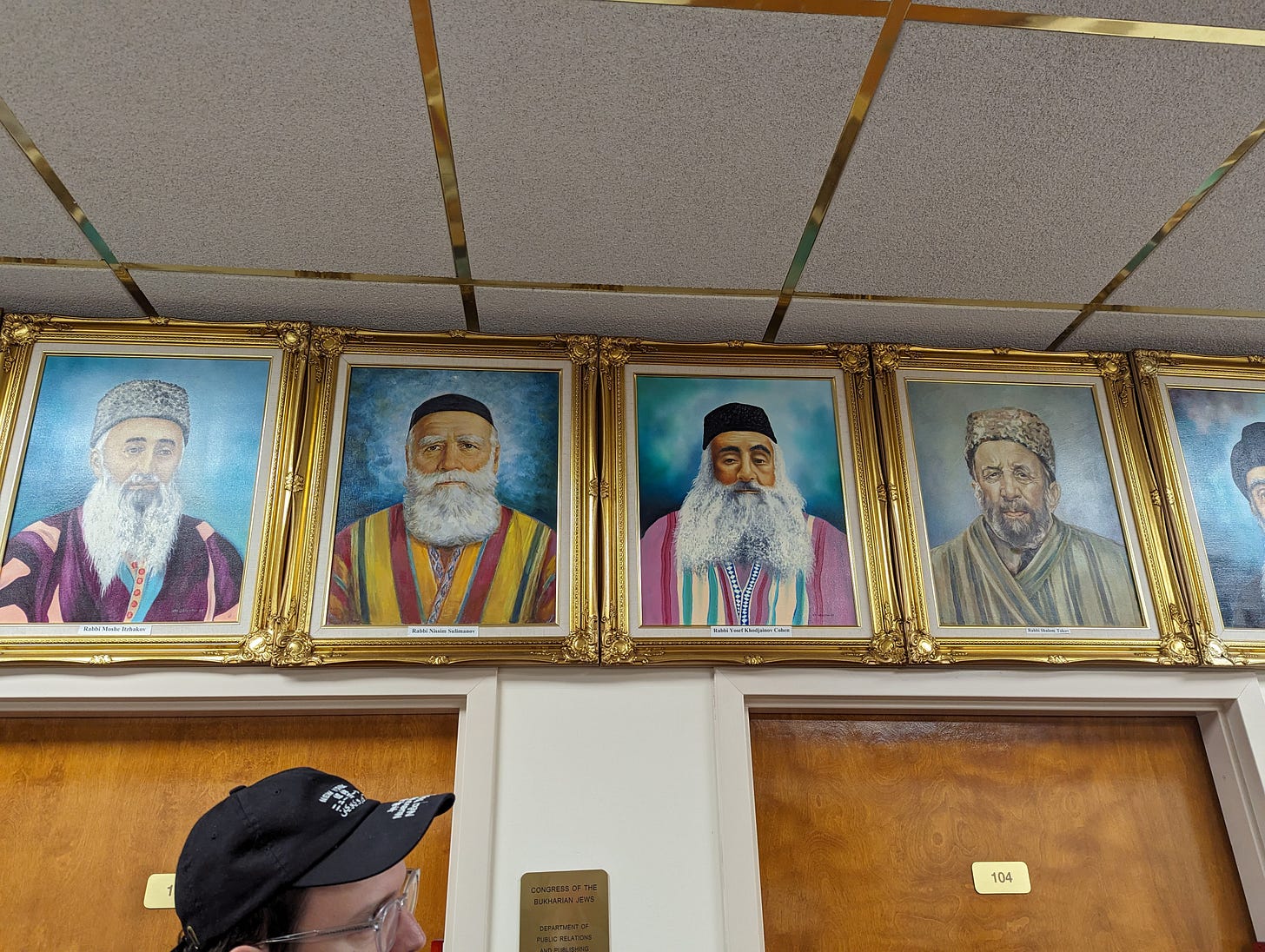
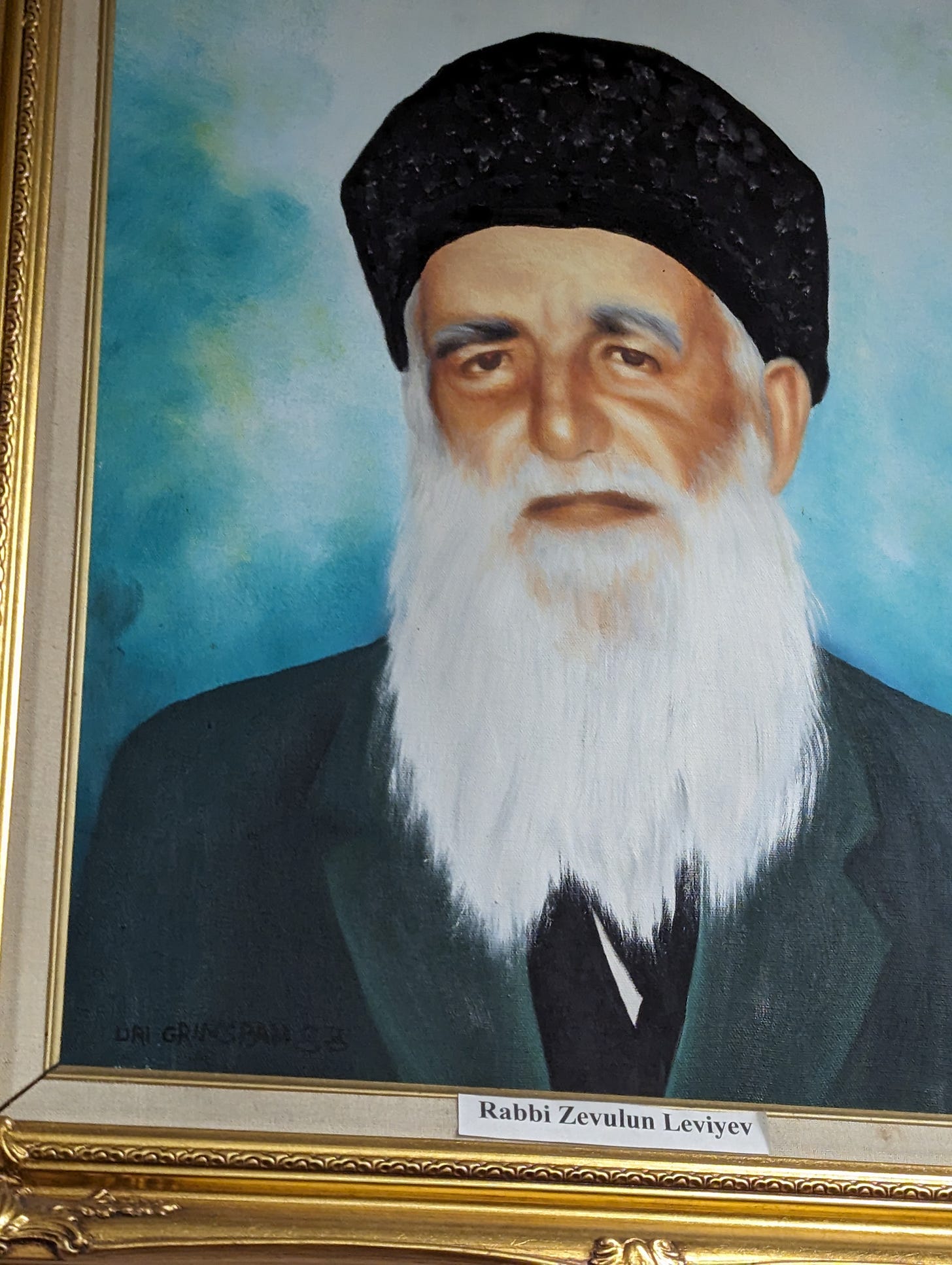
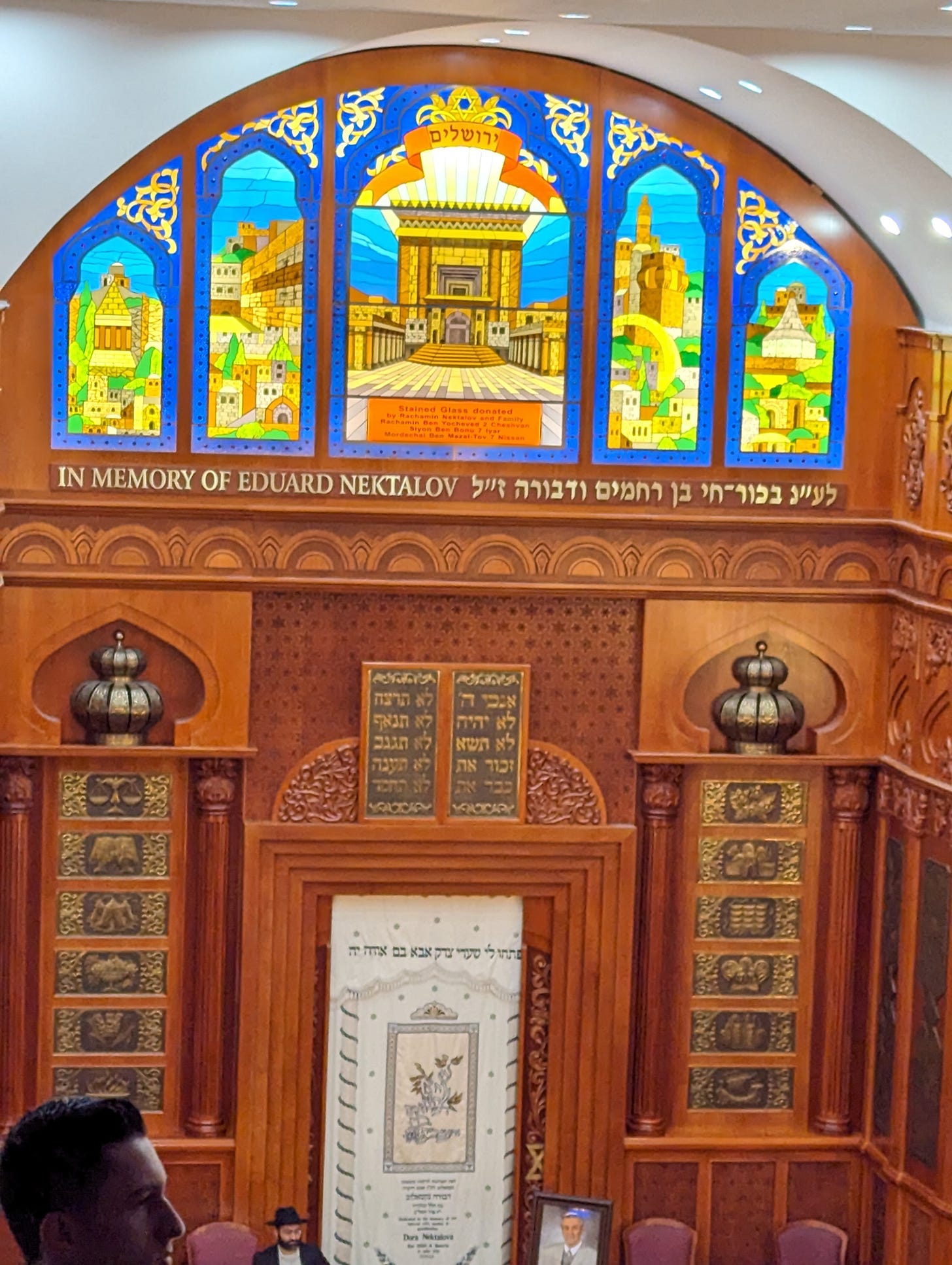
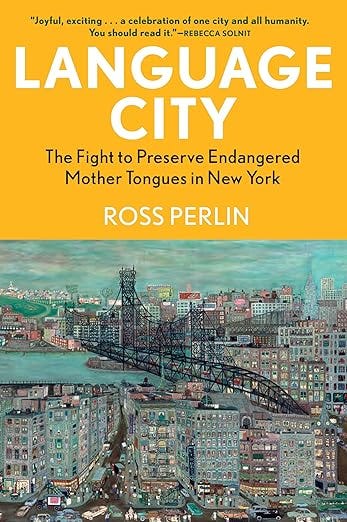
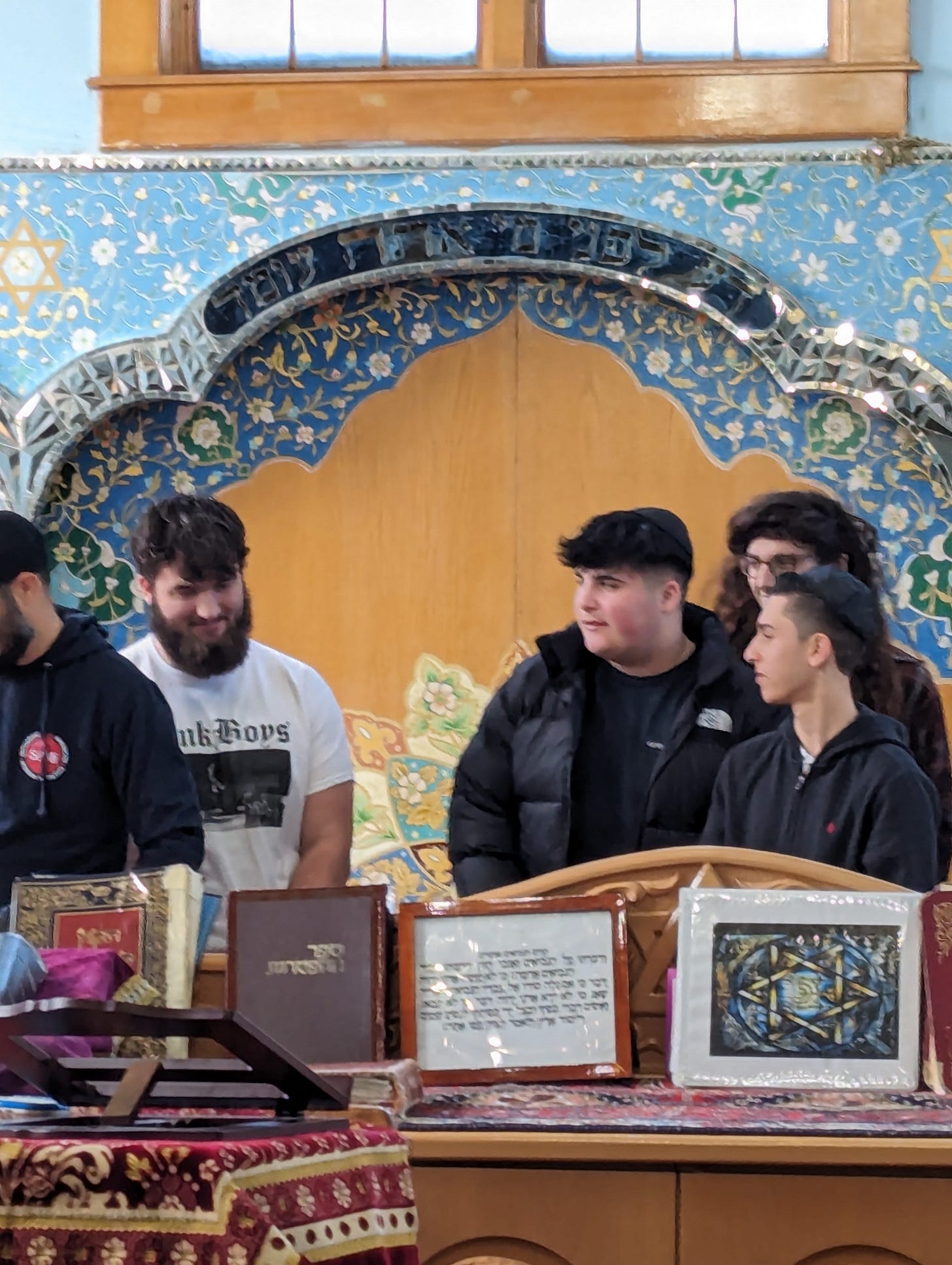
Loved this, Aviya. I am growing in empathy toward others with paths significantly different from mine.